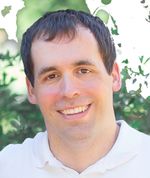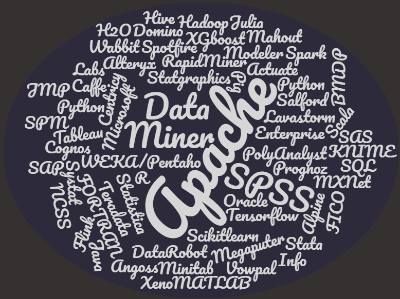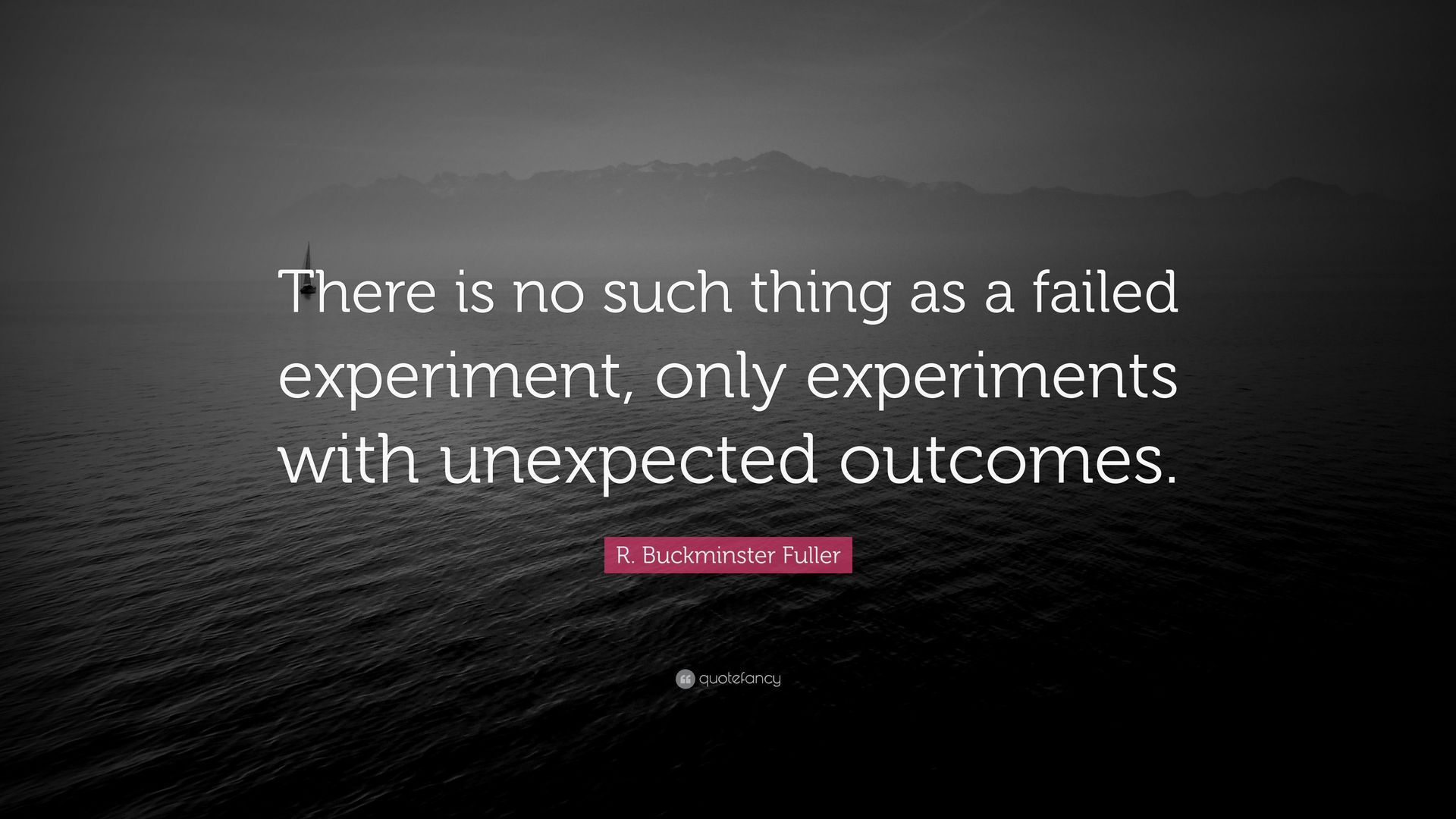Questions from budding scientists
- By Michael Haverty
- •
- 12 Jan, 2018
- •

After leaving a long-time industrial R&D job in 2016 I did more networking in a year and half than in my entire lifetime! I’ve also spoken at length with a number of experienced professionals in my industry and found some recurring threads of the challenges that software companies and industrial modelers face that I want to discuss here in the future.

I organized this first blog as a question and answer format for 3 of the most common questions that I am asked by junior scientists. I’m paraphrasing the questions for brevity, so I apologize to the people that say “That’s not what I asked!” I may add to the questions or delve in more technical depth on one or more in a future blog, but my purpose with this first blog is to provide high-level help and guidance to the next generation.
For the future, I want to provide a resource and platform for scientists and professionals (young and old) for advice and information in an easy-to-understand and accessible way. I’d love to hear your thoughts to add to the discussion.
Now, onto the questions...
1) “As a science and engineering student, what courses do you recommend outside of my core department requirements?”
A quick back story:
I was a freshman undergrad at Johns Hopkins unsure of my major except that I wanted to somehow combine engineering, science, and physics. Hopkins had a class for indecisive kids like me to dabble in a variety of engineering disciplines. In that class, I met my eventual advisor. One of his strongest recommendations was that I take a class (in the Earth and Planetary Sciences department of all places) on **bleh** Crystallography. I thought it was the most boring class I had ever taken. I wondered "What was he thinking?!" and may have cursed his name a few times that semester.

Moral of the story:
Find a good mentor that shares common interests and has the ability to emphasize and understand you better than yourself. TRUST
his or her recommendations. Don’t be too full of yourself and think you know what’s best for you and everyone else.
And back to my answer to the question posed above:
The current data science/machine learning/AI buzz/craze/bubble is founded upon developing a curriculum and tool set to make stats, probability, and optimization more accessible. If you understand the building blocks of the math and algorithms that enable all the higher-level tools and methodologies you will have a leg-up on others. Even if you are not into data science, your stats and probability classes will assist you as you try to tease out causation from correlation for decades to come (an aside: correlation vs. causation).
Also, take a public speaking/presentation class or even an improv class. The world would be much better served if young scientists and engineers were more skilled at making their brilliant jumble of ideas and thoughts come out more engaging in the spoken word or on the page.
2) “What would you recommend for the aspiring data scientist/informatician/artificial intelligence/etc. professional?”
At the risk of starting an argument, I’ve lived through a few bubbles and OH MY is data science in a bubble!
Another back story:
I moved to Silicon Valley from the east coast in June 1999 right in the middle of the internet bubble with its stretch hummers and 19 year-olds driving Maseratis. I was starting a Stanford Materials Science and Engineering Ph. D. in the fall and planning to crash with a friend to climb mountains, travel, sight see, and have some fun.
Back at Hopkins during my senior year in 1998 I blew out my knee while skiing when I should have been making a decision on graduate school vs. a full-time job while finishing my Materials Science and Engineering degree. While recouping I decided to do some additional research at Hopkins and finish off my Computer Science degree in 1999. As an arriving Stanford Ph. D. student with a CS degree I think I had 3 job offers before the wheels of my Honda Accord crested Donner pass in the Sierra mountains.
Now back to my answer to the aspiring data scientist:
The push to use, examine, collate, organize, and interrogate all the data collecting dust in companies around the world is a useful, profitable, and worthwhile endeavor. However, data science is being YUGELY oversold to solve all of the world problems at a fraction of the cost.
During the internet bubble data mining was the buzzword, then big data, now it’s data science. It has been practiced for decades under different labels like process optimization, potential fitting, QSAR, etc. that are now re-branded as data science. You can see the outline of a bubble if you squint and notice the people trying to separate themselves from the pack as “deep learning” experts.
7 years ago what might now be called data science tools cost $1000's. The alphabet soup of open-source/free tools on the cloud is a wonderful resource making these methods accessible beyond the math and computer science geeks and to ease developing them further. I worry though about those that are hitching themselves to the tools themselves. My recommendation is to learn the techniques to become a good practitioner, but also add expertise in a particular high-level application area with technical depth somewhere in the bio, business, sales, science, or engineering disciplines.
I remember the collection of Microsoft and database certifications that were the rage when I was coming out of undergrad. People made good money on those for a couple of years and were left scrambling later when industry moved beyond them or automated away the need for them. Data science is another level of difficultly beyond those certifications, but I fear many people will suffer a similar fate as those professionals.
The bottom line:
3) “What do you think is the next step for materials modeling discovery?”
In person or over the phone, my response to this question is usually more delicate, but I’ll be more blunt here and challenge the question itself.
“Discovery” is less than 10% of the battle in industrial R&D.
I’ve worked for more than a decade discovering and designing materials+chemistries with experimentalists+modelers from the atomic-scale to the reactor-scale, at every step from research to development to integration into a product. I’ve discovered
thousands of materials in my career with modeling. For long-term success you will spend most of your time working on your “design” not “discovery”.
What do I mean by design you ask?
- Your experimental testing plan design
- Your atomic structure design
- Your chemical reaction design
- Your defect contingency design
- Your modeling plan design
- Even your slide design (not so much your paper or grant application design though)
If you don’t have an experimental partner, find one, NOW!
Sit down with them. Understand their challenges. Ask:
- What happens if they get a leak in their vacuum chamber?
- How many source materials and gases can they handle?
- What is the purity of their source materials?
- What temperatures and pressures can they access with their system(s)?
- Can their system(s) handle a vacuum break?
- How many defects are acceptable?
- How fast is their process?
Understand and appreciate how freaking hard it is for them to turn their idea into reality. They have enough of a challenge dealing with the physical reality of making something. They probably don’t have enough time and energy to dive in great depth into the theory, details, and complication of what they are doing.
Your role is to help them come up with ideas, contingency plans if you don’t get what you expected, and plan that precious experimental time more carefully. Together your goal is to tease out information from unsuccessful experimental iterations (and most will be unsuccessful at first) that turn into the critical piece of information that helps you find the solution to get your process passed up the line to reach its next milestone.
If I had to summarize my answers above into take home points for the young professional, it’s to be flexible:
- Be flexible in your thinking. Understand you don’t know everything. Seek out others that know more than you and you trust. Listen to them. Take their advice to heart even if you don't agree with it at first.
- Be flexible to stretch your mind and training beyond your core major/field. As much as you think you will only do one thing in life, it’s very rare. You’ll need a good base of tools and experience to pivot on later in life.
- Be flexible in your work. Don't just be dogmatic and focus only the methods and tools you use. Dive deep into your topic area and become an expert. (Revisiting #2 your expertise may become obsolete, but your ability to develop that expertise will always be in demand.)
Happy New Year to all! I’d love to hear your thoughts and comments!
Mike
About the author: Michael Haverty is an independent consulting and veteran of deep technology R&D (17+ years at Intel, startups, and consulting) as an experienced modeler of materials, chemistry, and more and high volume user of high performance computing. In addition, he’s a photographer, property manager, and a loving husband and father of twin boys. (LinkedIn, Google Scholar, Zenfolio)







